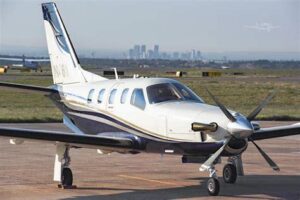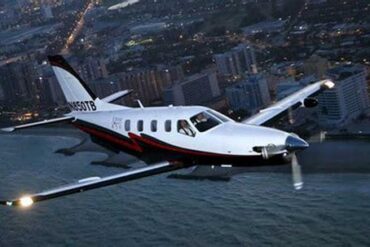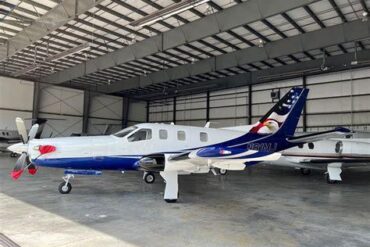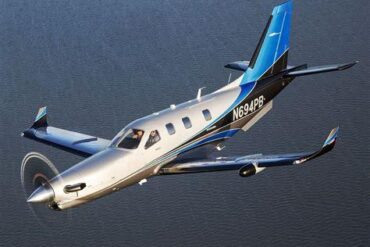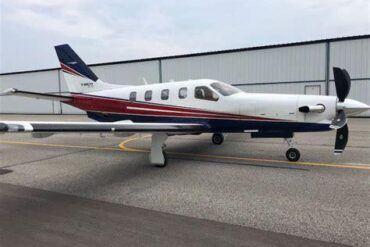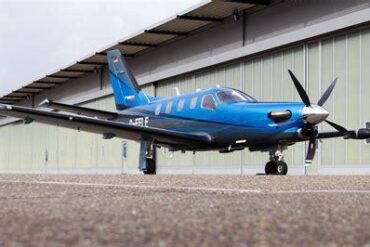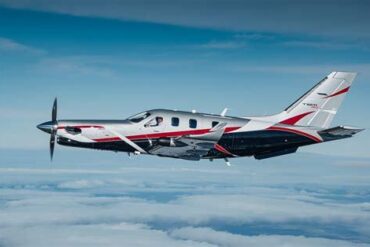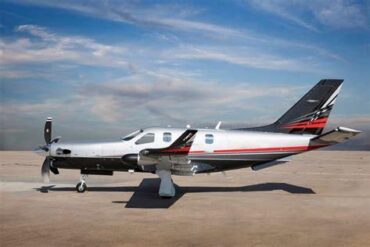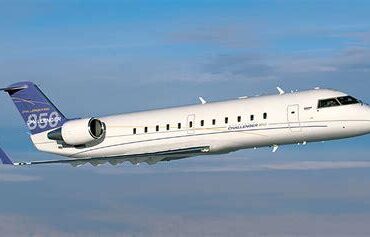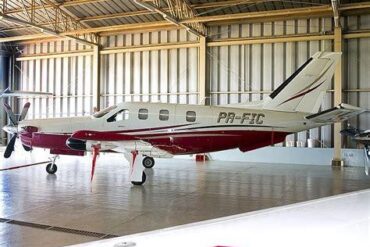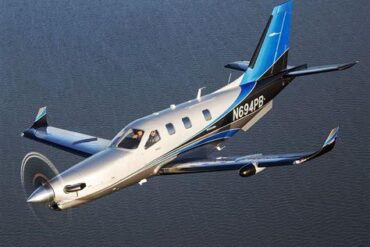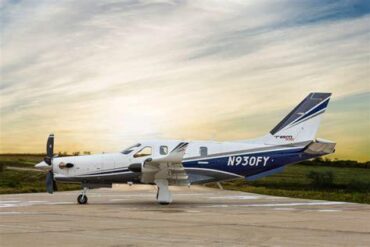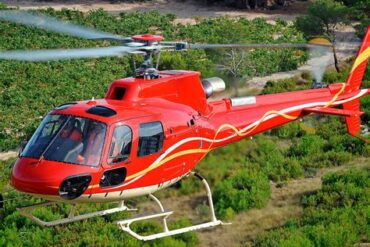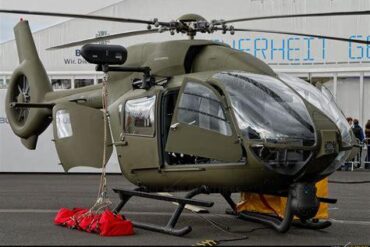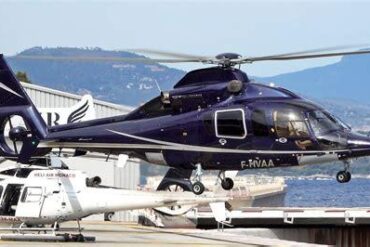The Socata TBM 850 is a remarkable single-engine turboprop aircraft that has gained significant popularity among private owners and business travelers alike. Known for its impressive performance, versatility, and operational efficiency, the TBM 850 offers an appealing option for those seeking a high-quality aircraft. In this article, we will explore the price of the TBM 850, as well as its operating costs, providing potential buyers with comprehensive insights into this exceptional aircraft.
Overview of the Socata TBM 850
Before diving into the financial aspects, it is essential to understand what makes the Socata TBM 850 a standout in its class. The aircraft is powered by a Pratt & Whitney Canada PT6A-66D engine, which allows it to achieve a maximum cruise speed of approximately 320 knots and a range of about 1,500 nautical miles. Its impressive climb rate and ability to operate from shorter runways make it a highly versatile option for various missions, from business travel to leisure flying.
One of the defining features of the TBM 850 is its spacious cabin, which accommodates up to six passengers comfortably. With a pressurized cabin and a quiet interior, passengers can enjoy a smooth and pleasant flying experience. Additionally, the aircraft boasts advanced avionics and safety systems, ensuring both ease of operation and enhanced safety during flights.
Price of the Socata TBM 850
The purchase price of a Socata TBM 850 can vary significantly based on several factors, including the aircraft’s age, condition, and any additional features or upgrades. As of 2023, the market price for a pre-owned TBM 850 typically ranges from $2.5 million to $3.5 million. New models, if available, can exceed $4 million depending on customization options.
Factors Affecting the Purchase Price
-
Aircraft Age: Generally, newer aircraft command higher prices due to reduced wear and tear and the latest technology. A TBM 850 manufactured within the last few years may cost significantly more than one that is over a decade old.
-
Total Hours Flown: The total flight hours logged on the aircraft can impact its value. Aircraft with lower hours are typically considered more desirable and can fetch higher prices.
-
Maintenance History: A well-documented maintenance history adds value to any aircraft. Buyers often prefer aircraft that have undergone regular inspections and have no outstanding issues.
-
Upgrades and Modifications: Custom features such as advanced avionics, updated interiors, and enhanced safety systems can increase the aircraft’s price. Buyers may pay a premium for aircraft equipped with the latest technology and luxury amenities.
-
Market Demand: Economic factors and market demand can influence pricing. In a strong economy, demand for high-performance aircraft may drive prices higher.
Operating Costs of the Socata TBM 850
Understanding the operating costs of the TBM 850 is crucial for prospective owners who want to budget effectively. Operating costs encompass a wide range of expenses, including fuel, maintenance, insurance, and pilot salaries. Here, we break down these costs in detail.
1. Fuel Costs
Fuel is one of the most significant ongoing expenses for aircraft owners. The TBM 850 has a fuel consumption rate of approximately 38 gallons per hour (GPH). Given the average cost of Jet A fuel, which can fluctuate but is around $5 per gallon in many regions, the estimated fuel cost per flight hour would be approximately $190.
2. Maintenance Costs
Regular maintenance is essential to ensure the aircraft remains safe and operational. The TBM 850 benefits from a robust maintenance program, and the annual maintenance costs can vary based on usage but typically range from $30,000 to $50,000. This includes routine inspections, parts replacements, and labor costs. Moreover, significant repairs or overhauls can add to these costs, so budgeting for unexpected expenses is advisable.
3. Insurance Costs
Insurance is another critical factor in operating costs. The cost of insuring a TBM 850 can depend on various factors, including the owner’s flying experience, the aircraft’s value, and coverage levels. On average, owners can expect to pay between $15,000 to $30,000 annually for insurance coverage.
4. Pilot Salaries
If the owner does not hold a commercial pilot license, hiring a qualified pilot will be necessary. Salaries for pilots can vary widely based on experience and the specific demands of the job. Owners should budget around $70,000 to $120,000 per year for a professional pilot, depending on their qualifications and experience level.
5. Hangar Fees
Storing the TBM 850 requires hangar space, and costs can vary based on location. On average, hangar fees can range from $500 to $2,000 per month, depending on the facility and its amenities. Therefore, annual hangar costs can total between $6,000 to $24,000.
6. Miscellaneous Expenses
In addition to the primary operating costs mentioned above, there are miscellaneous expenses to consider. These may include:
-
Landing fees: Vary by airport and can add up quickly.
-
Navigation fees: Applicable for certain routes and services.
-
Training costs: For ongoing pilot training and certifications.
When factoring in all operating costs, owners of a Socata TBM 850 should anticipate spending between $300,000 to $500,000 annually, depending on flight hours and operational choices.
Cost Efficiency of the TBM 850
Despite the initial purchase price and operating costs, the TBM 850 is renowned for its cost efficiency in the realm of turboprop aviation. With its ability to cruise at high speeds and cover long distances efficiently, the aircraft can save owners time and money compared to other forms of travel.
Comparative Analysis with Other Aircraft
When comparing the TBM 850 to other aircraft in its class, it often stands out for its performance-to-cost ratio. For instance, while jets may offer faster speeds, their operating costs can be substantially higher due to greater fuel consumption, maintenance needs, and crew requirements. The TBM 850 provides a viable alternative for those seeking the balance of speed and cost-effectiveness, making it an attractive option for business travelers and private owners alike.
Conclusion
In conclusion, the Socata TBM 850 represents a compelling choice for discerning aviators looking for a blend of performance, comfort, and operational efficiency. While the initial purchase price can be substantial, understanding the associated operating costs is crucial for effective budgeting. By evaluating the various factors that influence both the price and ongoing expenses, potential buyers can make informed decisions that align with their aviation needs.
Whether for business or pleasure, the TBM 850 stands as a testament to innovation in aviation, offering an unparalleled flying experience that justifies its investment. We encourage prospective owners to conduct thorough research and consultations to ensure they fully understand the implications of owning and operating this exceptional aircraft.
